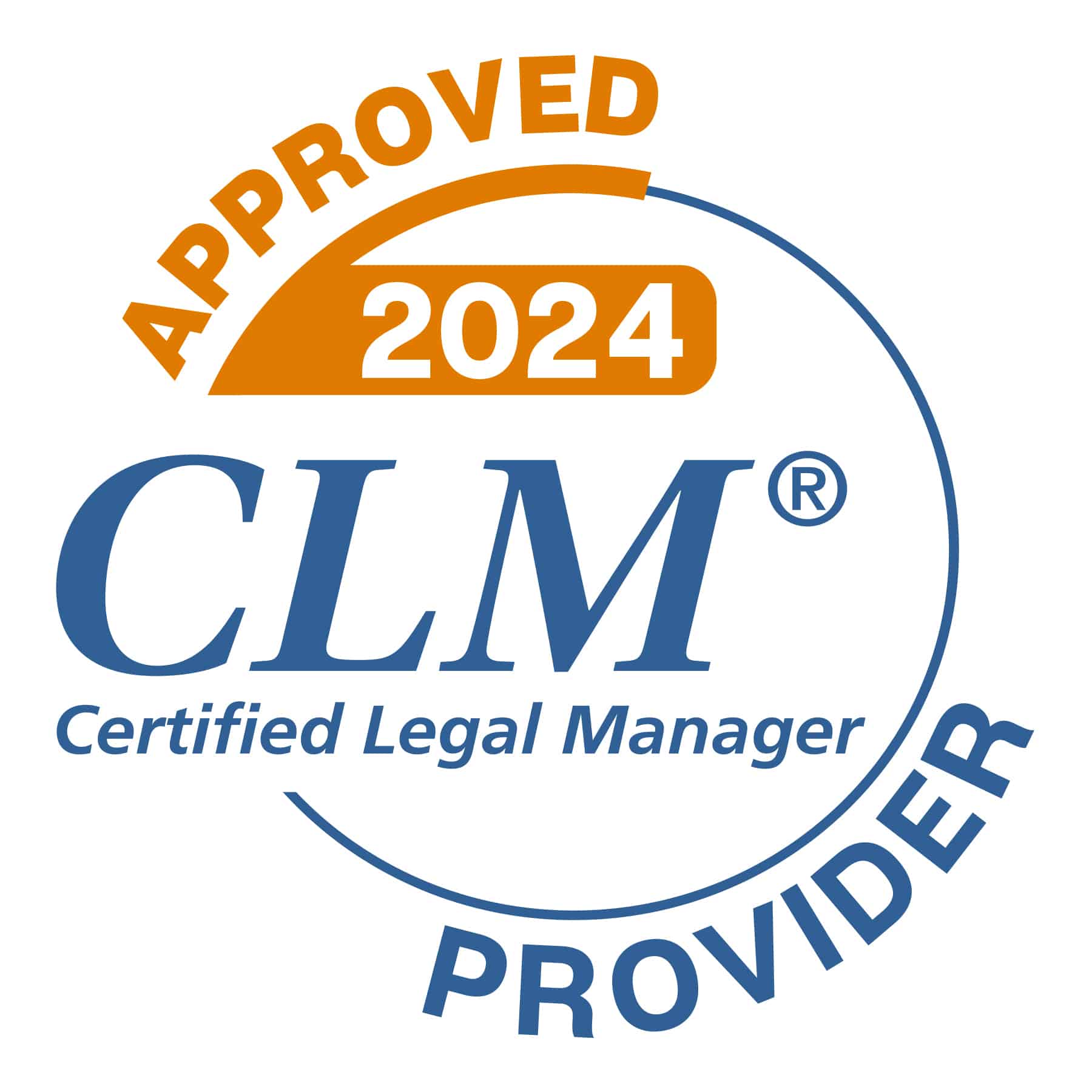
If you are in a law firm and looking for new financial software, you may want to know the Return on Investment for this new purchase.
A legal timekeeping and invoicing tool? ROI? What are you talking about?
LeanLaw considers itself more than a commodified financial app. Sure, we are great at automating timekeeping / billing / reporting — but our secret sauce is that we help you create your own data set from which you can gather insights into the performance of your law practice. That kind of value cannot be commoditized.
LeanLaw’s mission is to help law firms run better businesses. When we speak about LeanLaw’s Return on Investment (ROI), we first need to find out: 1) how a law firm bills for its services, and 2) what aspect of its financial management presents the most urgent need for optimizing.
To help law firms determine what kind of ROI they can expect by enlisting LeanLaw, we explain specifically how LeanLaw augments smart accounting metrics and practices to increase a law firm’s profitability – and LeanLaw’s ROI.
LeanLaw’s value is founded on three core principles:
- Data visibility and ease of access
- Automation
- Low overhead
Every decision we make about our product is rooted in actualizing and optimizing these concepts. As you know from working with law firms, each firm is highly specific, but the following four areas of focus exemplify some of the most visible and immediate positive impacts on a firm’s finances.
Focus One: Accounts Receivable
- The client engagement letter: sets the rules upfront on how you will do business with your clients. Retainers, fees, and payment options are clearly outlined and the client understands how, where and when they need to pay. LeanLaw has the tools needed to actualize the terms set forth upon engagement.
- Mitigation of AR by leveraging retainers into your firm. Whether using an Evergreen retainer or modeling the retainer as a requirement in your engagement letter, LeanLaw’s toolset gives the firm control along with compliant workflows when handling client retainers. LeanLaw also has real-time data for work in progress (WIP) reporting, illustrating, at the client or matter level, the retainer to WIP ratio.
- Reduction of bad debt write-offs and chasing money with electronic payments (both credit card and the less expensive ACH) as part of the invoicing toolset. Despite the fees, asking a client to pay electronically will reduce the AR and bad debt, and will positively impact cash flow. Moreover, it eliminates hours an attorney or an administrator spends asking clients for payment.
- Real-time account visibility & automation offers at-a-glance status of key financial metrics, so attorneys and staff can easily track AR-specific matters, an attorney’s WIP to trust ratio, and aging (among others). Trust accounting is leveraged as a function of retainers in the attorney’s workflow, so the entire lifecycle of the trust account is easily accessed and understood.
Download our complimentary eBook: Law Firm Software Buyers’ Guide.
Focus Two: Staff Utilization and Efficiency
- LeanLaw write-down tools illustrate team members’ productivity and efficacy, helping managing partners answer the questions, “do we have the right staff, are they in the right seats, and are they in a role optimized to their skill?” Examining the underlying data in these reports provides clarity into which timekeepers are your most productive and those who just invoice superfluous hours.
- Write-downs are shown as both percentages and dollar amounts, so that managing partners can understand where attorneys are excelling or struggling with certain practice areas, specific clients, or tasks.
Focus Three: Reduce Firm Overhead
- Based on the account management and visibility mentioned above, attorneys are able to manage invoicing and collections themselves and shed the cost of additional administrative staff or repurpose that staff to more productive tasks.
- Automated compensation tracking saves administrative time and reduces mistake-prone, highly manual workflows.
- As a specific example, we have an up-market, highly successful 40 attorney firm leveraging LeanLaw without any administrative staff. They rely on the Hale & Dorr model for attorney compensation. Each attorney handles his/her own invoicing. The firm has only one administrative staff member who manages collections and facilitates compensation tracking for the whole firm, using LeanLaw.
Focus Four: Profit and Loss
- Leveraging advanced features in QuickBooks Online, LeanLaw and your accounting professional can present data-driven insights into the actual profit and loss (P&L) of particular attorneys’ practices and firm P&L as a whole. The focus is on profitability, not revenue.
- LeanLaw classing and advanced custom form fields mean data can be examined against firm-defined metrics and calculated against factors like overhead for a comprehensive understanding that extends beyond just revenue.
- This reporting can be done monthly and quarterly (not just end of the year).
LeanLaw’s mission is to create more profitable law firms. If that’s the road you’re looking for, please schedule a demo or contact us so that we can get you on your way.



